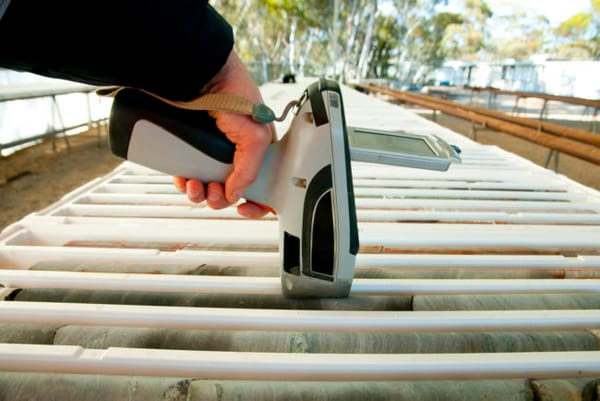How to manage the risks of exposure to lead
The recent ABC reports of lead being found in ceiling dust at an Adelaide school highlights the ongoing risk presented by latent hazards in older facilities, ranging from lead to asbestos.
In this case, the lead may have resulted from the deterioration of the building, built in the 1960s, even though a renovation was undertaken in 2018.
The risks from exposure to lead are well known. Exposure to lead can cause headaches, stomach pains and anaemia, damage to the kidneys, nerves or brain, and infertility.
If there is an expected risk of exposure, for example, from lead risk work, specified controls must be put in place.
Lead risk work could include welding, spray-painting, repairing radiators, abrasive blasting and removing lead-based paints.
Controls include:
- restricting the work to the lead processing area;
- containing the debris and cleaning the area to ensure that the method does not spread the lead to other areas;
- providing a separate eating area, shower and bathroom facilities away from the lead work area;
- ensuring anyone doing lead work thoroughly washes their hands, face and skin when leaving the lead processing area; and
- removing and disposing of personal protective equipment once used.
You must notify your health and safety regulator before commencing work.
After work commences, you are required to monitor the health of your workers. If you are a member of the public or a worker who is potentially exposed to lead, be sure to have yourself medically assessed and place your name on an exposure register.
From the experts behind the Health & Safety Handbook, the Bulletin brings you the latest work health and safety news, legal updates, case law and practical advice straight to your inbox every week.

